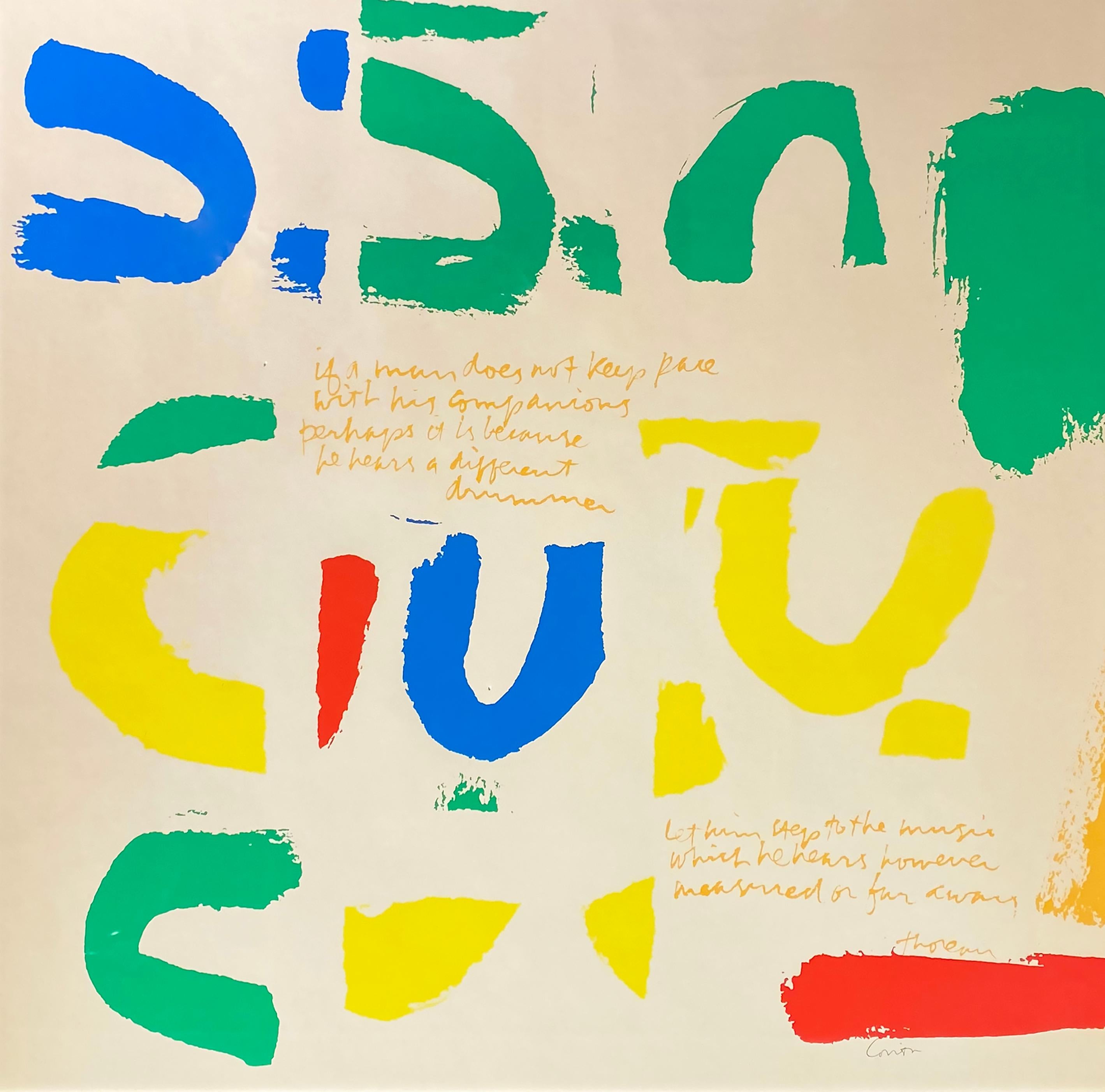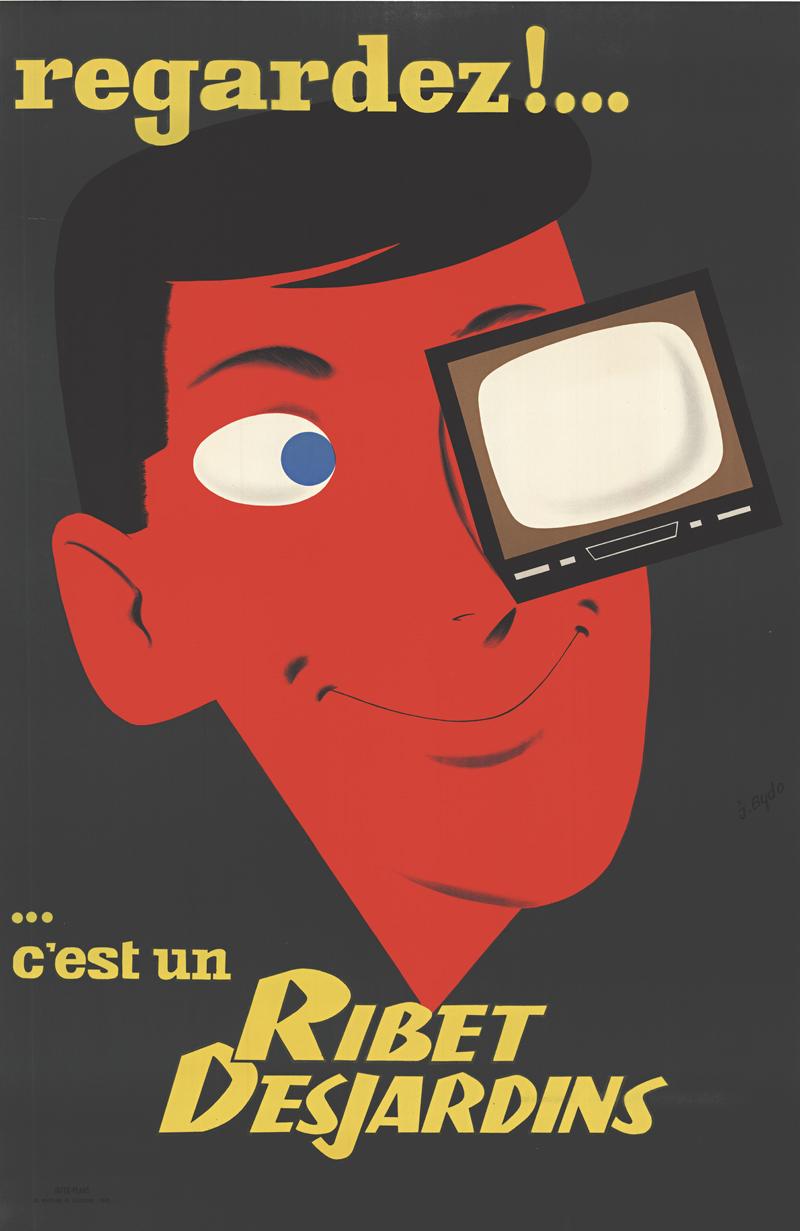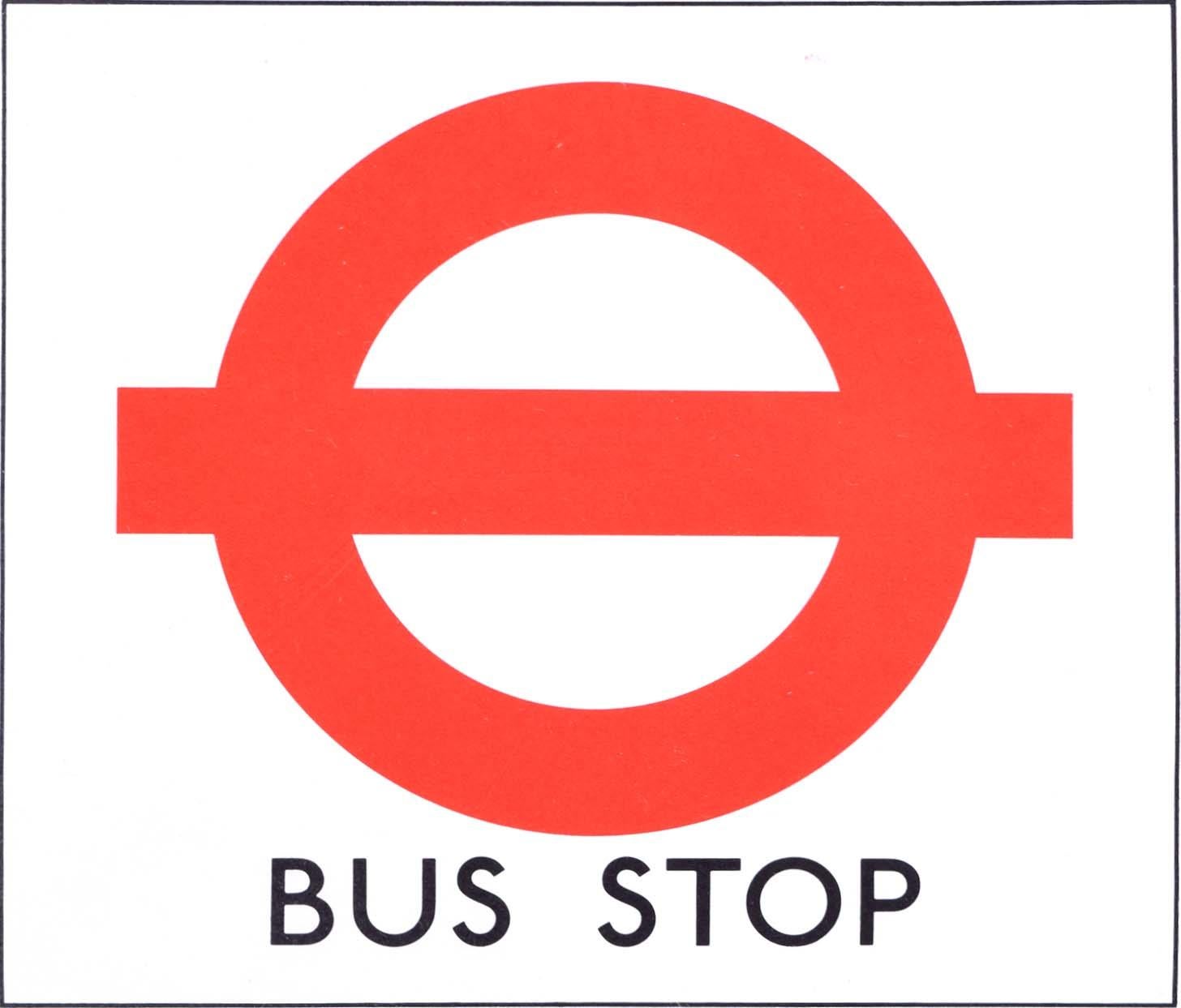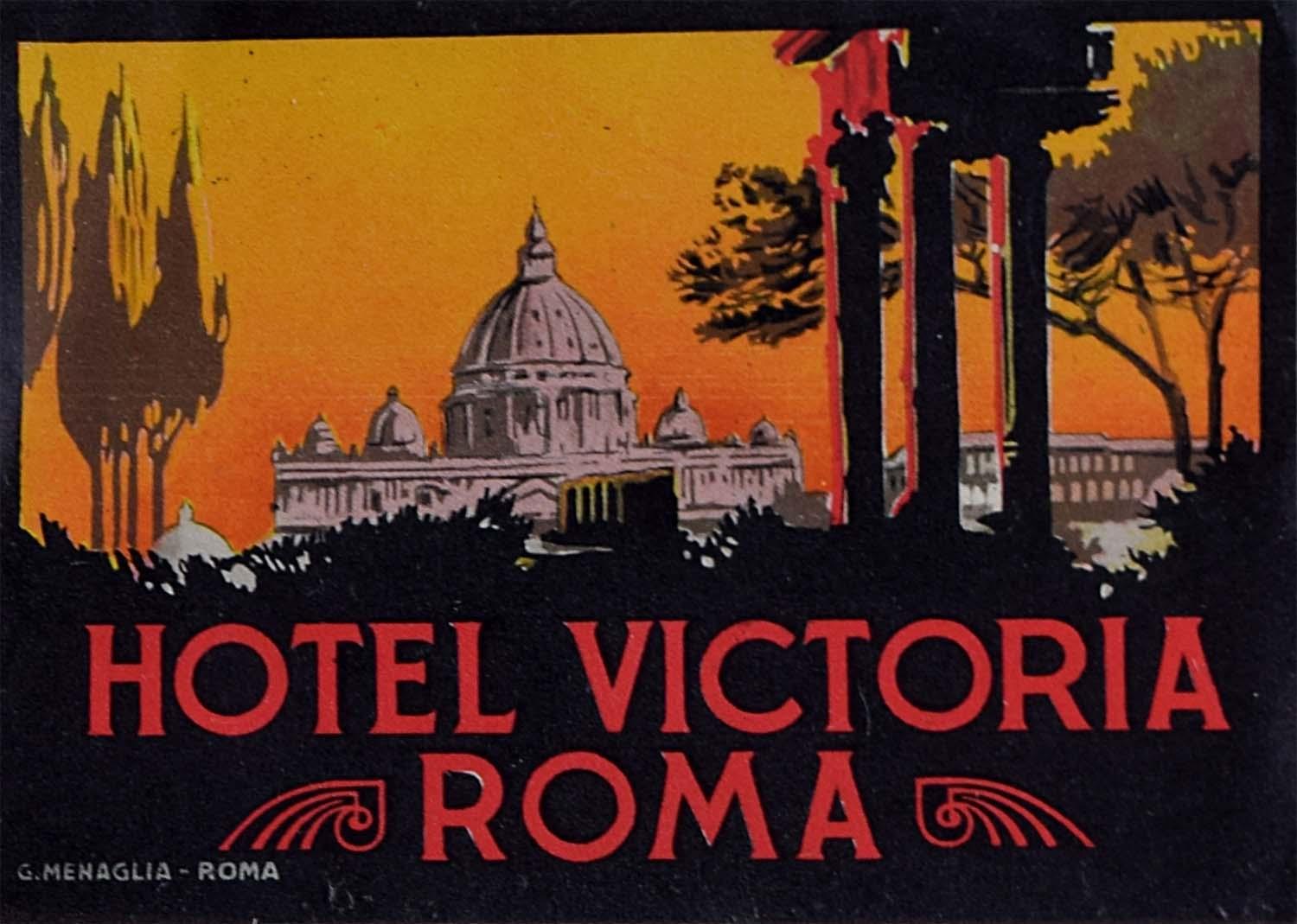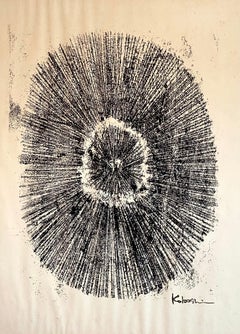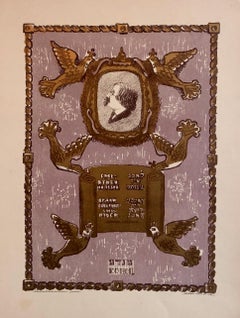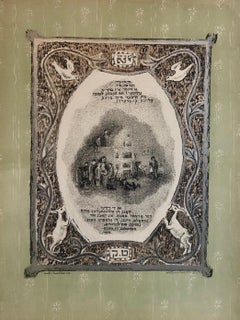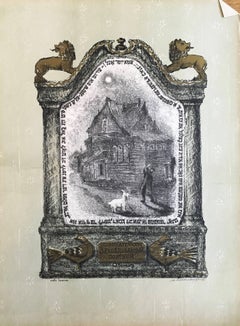
Vintage Russian Shtetl Scene, Judaica Lithograph
View Similar Items
Want more images or videos?
Request additional images or videos from the seller
1 of 12
Anatoli Lvovich KaplanVintage Russian Shtetl Scene, Judaica Lithograph1957-1961
1957-1961
About the Item
- Creator:Anatoli Lvovich Kaplan (1902 - 1980, Russian)
- Creation Year:1957-1961
- Dimensions:Height: 24 in (60.96 cm)Width: 18 in (45.72 cm)
- Movement & Style:
- Period:
- Condition:Minor wear to edges.
- Gallery Location:Surfside, FL
- Reference Number:1stDibs: LU3821007283
About the Seller
4.9
Platinum Seller
These expertly vetted sellers are 1stDibs' most experienced sellers and are rated highest by our customers.
Established in 1995
1stDibs seller since 2014
1,543 sales on 1stDibs
Typical response time: 1 hour
More From This SellerView All
- Japanese Modernist Sculptor Woodblock (Woodcut) Monotype (Monoprint) PrintBy Yasuhide KobashiLocated in Surfside, FLYasuhide Kobashi (古橋 矢須秀 Kobashi Yasuhide, 1931–2003) was a Japanese woodblock print artist, painter, sculptor and stage designer. He was born in Kojima in Okayama Prefecture. His father was a ceramic clay artist and head of the Kyoto Industrial Craft Company. Kobashi learned printmaking from the sōsaku hanga (creative prints) master Unichi Hiratsuka (1895–1997). In 1955, Kobashi graduated from the Kyoto College of Crafts and Textiles, and in 1959, he moved to New York City. At first he was sponsored by Lincoln Kirstein of the New York City Ballet, who had visited his studio in Kyoto and commissioned a number of works from him. Elaine De Kooning, art critic and wife of influential Abstract Expressionist Willem De Kooning recommended Kobashi to the Allan Stone Gallery, He would continue to work with this gallery for more than 30 years. When Kobashi moved to New York in 1959, many American intellectuals and artists were eager to learn about Japan. Among the early influences to reach a wide cross section of American society was Suzuki Daisetsu's (1870-1966) Introduction to Zen Buddhism, published in English in 1949 with a preface by the noted psychologist Carl Jung. Nelson Rockefeller (governor of New York and later vice-president) was Kobashi's patron, and acquired one of the artist's sculptures for the New York State Executive Mansion in Albany. As a young man he was exposed to a wide range of arts, including sculpture, stage design, carpentry, stone cutting, ceramics, calligraphy, painting, and furniture design. Most notably, he studied woodblock printmaking under Hiratsuka Unichi (1895-1997), one of the leading innovators in the Creative Print (ssaku-hanga) movement that advocated total artistic control by a single artist over the entire printmaking process, in contrast to the traditional methods of ukiyo-e in which designer, carver, printer, and publisher all had a role in production. Kobashi is best known for his sosaku hanga woodblock prints and his sculptures intended to be rearranged, which he called "self-constructions". The Cleveland Museum of Art, the Honolulu Museum of Art, the Metropolitan Museum of Art, the Museum of Modern Art (MoMA New York City), the Neuberger Museum of Art (Purchase, New York), the Albright Knox, the Weisman Art Museum (University of Minnesota, Minneapolis), and Southern Illinois University Edwardsville are among the public collections holding work by Kobashi. Yasuhide Kobashi created some of his first prints in New York at the Pratt Graphic Art Center. He became a member of the Society of Independent Artists and exhibited regularly with them. He is included in the book JAPANESE SCULPTORS: Isamu Noguchi, Yayoi Kusama, Akio Takamori, Yoshimoto Nara...Category
20th Century Modern Abstract Prints
MaterialsMonoprint, Monotype, Woodcut
- Vintage Russian Ukrainian Shtetl Scene Judaica Lithograph Jewish PortraitBy Anatoli Lvovich KaplanLocated in Surfside, FLPencil signed and dated, Judaica Lithograph. Anatoli Lwowitch Kaplan was a Russian painter, sculptor and printmaker, whose works often reflect his Jewish origins. His father was a b...Category
Mid-20th Century Modern More Prints
MaterialsLithograph
- Vintage Russian Ukrainian Shtetl Scene Judaica Lithograph Jewish PortraitBy Anatoli Lvovich KaplanLocated in Surfside, FLPencil signed and dated, Judaica Lithograph. Anatoli Lwowitch Kaplan was a Russian painter, sculptor and printmaker, whose works often reflect his Jewish origins. His father was a b...Category
Mid-20th Century Modern More Prints
MaterialsLithograph
- Large French Judaica Lithograph Colorful Jewish Jerusalem HebrewBy Théo TobiasseLocated in Surfside, FLTheo Tobiasse Title "Jerusalem de tous les fruiets" Medium: Original lithograph in colors on paper (deckle edged paper) Hand signed and numbered in pencil by the artist Paper size : 36x27 in (92x69 cm) Image size : 30x22 in (77x55 cm) Edition : 199 Year : 1999 This depicts a Dove of peace over a basket of first fruits in the Old City of Jerusalem Theo Tobiasse, (Israeli-French) born Tobias Eidesas, 1927 in Jaffa, Israel then in British Mandate Palestine, died 2012 in Cagnes-sur-Mer in France. Well known painter, engraver, draftsman and sculptor. French Jewish artist. The youngest son of Chaim (Charles) Eidesas and Brocha (Berthe) Slonimsky from Kaunas, Lithuania, Théo Tobiasse was born in Mandatory Palestine in 1927, where his Jewish parents lived since 1925, far from the threat of pogroms and upheavals of East European policies. The family encountered material difficulties and decided to return to Lithuania, ultimately leaving for Paris in 1931 where his father typographer finds work in a Russian printing press. Theo Tobiasse shows very early talent for drawing and painting, and during a visit to the Special Exhibition of 1937 held in Paris, he is enchanted by Raoul Dufy. The death of his mother (in June 1939) followed by the outbreak of the Second World War, Paris under the German Nazi occupation, the wearing of the yellow star and his registration at the National School of Decorative Arts denied for racist reasons upsets his life. He enrolled in a private advertising design course on the boulevard Saint-Michel, which he abandoned nine months later because his family, narrowly escaping the Winter Vélodrome roundup in July 1942 was forced to hide in an apartment in Paris for two years. At the Liberation of Paris, he quickly began a career as an advertising graphic designer with the Draeger art printer and also produced tapestry cartoons, stage sets and Hermes showcases at the Hermès boutique on rue du Faubourg Saint-Honoré. In 1950, he obtained French nationality and moved to Nice in the Alpes-Maritimes, where he continued his advertising graphic design career. His first paintings were exhibited at the Salon des peintres du Sud-Est in 1960. He was laureate in 1961 the "prize of the young Mediterranean painting" and Armand Drouant offers him a first contract and exhibited at the Faubourg Saint-Honoré Gallery in Paris in 1962. Théo Tobiasse also won the Dorothy Gould Prize in 1961. He decided to devote himself solely to the visual arts. Numerous exhibitions are dedicated to him all over the world, in Paris at the Drouant Gallery, in Geneva, Montreal or Tokyo, then London, Zurich, Lausanne, Los Angeles, Kiev, and then a first personal exhibition in New York (1968). Self-taught, he studied the technique of grand masters in museums during his travels. The reliefs, glazes and colors of Rembrandt's Jewish Fiancee at the Rijksmuseum in Amsterdam, in particular, open up new technical possibilities that he explores in his canvases back to his studio. The figurative subjects without narrative or symbolism (cat, bird, kite, velocipede, etc.) of his first paintings, allow him to focus on the techniques, the color and the texture of oil painting and gouache. From 1964, Theo Tobiasse develops a more personal iconography drawn from his own memories of his childhood in Lithuania, the wanderings of a family seeking a land of asylum and the Holocaust. The train, the one which drove his family from Kaunas to Paris, or the Jews to the camps, becomes a recurring motif and memory a major theme in his work. A visit to Jerusalem, Israel in 1970 brings him closer to his Israeli Jewish origins. He created his first Judaic stained-glass windows on the theme of "Jewish Feasts" for the Jewish Community Center in Nice and a monumental oil painting titled " Que tentes sont beau", O Jacob (1982). He continues to travel and immerse himself in the cultures he meets, New Orleans jazz, Mexican archaeological sites and Native American totems . In New York, he meets Elie Wiesel (1982). While Josy Eisenberg makes a film about Théo Tobiasse, entitled Tell me who you are painting, for French television in 1977, many personal exhibitions are devoted to him in France and abroad, notably at the Passali gallery in Paris, France. Atheneum Museum in Geneva and the Nahan Gallery in New Orleans. In 1983, a retrospective exhibition of his work was organized in Nice , at the Museum of Contemporary Art in Ponchettes. Carborundum engraving, lithography, stained glass, mosaic, pottery, bronze and ceramic sculpture are all tools of expression he first explored in the studio he had built at his home on the heights of Nice (1954 -1972), then to the Rauba Capeu wharf in Nice (1971-1976). He leaves Nice to install his main workshop on his property in Saint-Paul-de-Vence in 1976. In collaboration with Pierre Chave, lithographer in Saint-Paul-de-Vence, Théo Tobiasse is developing a technique for making lithographs of eighteen to twenty colors that he produces for many original portfolio editions published in France, Sweden and the United States. In addition to the theme of memory of the wanderings and exodus of his family and the Jewish people, the personal iconography of Tobiasse comprises three other major themes that recur in his work: The cities that are dear to him (Paris and Jerusalem, first, then New York and Venice from the 1980s); twenty-eight monochrome gouaches, From Notre-Dame to Saint-Germain-des-Près (1969). The Hebrew Bible, an endless source of human dramas, which he re-imagines in contemporary times. Rachel (1978), Sarah and the three messengers (1981),Bathsheba in the Garden of Pomegranates (1982). The woman, lover, erotic and shameless, Daphnis and Chloé (1978), Portrait of a woman immobile in ecstasy , (1978), a creature-sex apple whose skin burns and arms twist (1980). To explore the theme of the erotic woman, Tobiasse adopts nude drawing in graphite, ink and pastel on paper, as well as the writing of poetic texts he inscribed in his drawings and notebooks. The American merchant, Kenneth Nahan Sr., met in 1978, encourages Théo Tobiasse to join in the United States other French painters he represents, including Max Papart and James Coignard. Tobiasse moved to New York in 1984. He first worked at the Chelsea Hotel and then set up his studio in Manhattan. He decides to split his time and his work between Saint-Paul-de-Vence and New York. The first paintings painted in America are distinguished from their European production by their scale and their bright themes. Oil-painted canvases are filled with family portraits, children, and biblical characters. My family came from Lithuania, Little Girl Sitting , Saul and David (1984). In these paintings, families no longer flee the pogroms in the trains, but land in New York, new host country according to his imagination, as in America (1984). He also created the Myriam sculpture in New York, which became the model for the Venus, a monumental bronze sculpture to be installed at the entrance of Saint-Paul-de-Vence in 2007 15. New York joins the inspiring cities of Theo Tobiasse and the woman now personifies freedom. Along with Marc Chagall, Raya Sorkine, Zamy Steynovitz and Yoel Benharrouche, Tobiasse becomes one of the pillars of modern French Judaica art. Back in Saint-Paul-de-Vence, he experimented new techniques from 1986. He abandoned oil painting and gouache for acrylic, less restrictive. His mixed techniques on paper or canvas, mix collage, acrylic painting and pastels. He develops cut and painted wood or steel panels for large formats and public display. In 1992, a retrospective exhibition of Théo Tobiasse's work was organized at the Cagnes-sur-Mer castle-museum. His workshops become meeting places for artist friends such as Ben and Arman. Chaim Potok visits Saint Paul's studio several times, dedicates to him a Tobiasse monograph: Artist in Exile published in 1986 in New York, and there meets the writer James Baldwin, friend and neighbor of Théo Tobiasse in 1987. He travels extensively for his solo shows. In 1987, Vision New Japan exhibited his latest paintings in Tokyo , Kokura and Mito and then in 1991, large sculptures in carved and painted wood panels in Tokyo , Osaka , Nagoya , Kobe , Fuokoka and Taipei . He discovers Prague in 1992 and returns there in 1995, and travels every year to Venice to draw. Théo Tobiasse discovers the work of set design with the creation of sets and costumes for the puppet theater. He creates an album of lithographs for the fifth centenary of the expulsion of the Jews from Spain. The Garden of the Psalms , a series of seven stained glass windows created in the workshop of the master glassmaker Alain Peinado, is inaugurated at the Esplanade Jewish community center in Strasbourg on the occasion of the bicentennial of the emancipation of the Jews. He continues with the creation of twelve monumental windows entitled The Song of the Prophets for the Nice Synagogue which are inaugurated in 1993. In 1994, he participated with other artists of the Nice region (Arman, Ben, Jean-Claude Farhi, Claude Gilli...Category
1990s Modern Figurative Prints
MaterialsLithograph
- Israeli Josef Zaritsky Abstract Modernist Lithograph Print "Composition"Located in Surfside, FLAbstract Composition, 1959 Lithograph This was from a portfolio which included works by Yosl Bergner, Menashe Kadishman, Yosef Zaritsky, Aharon Kahana, Moshe Tamir and Michael Gross. Joseph (Yossef) Zaritsky (Hebrew: יוסף זריצקי; September 1, 1891 – November 30, 1985) was one of Israel's greatest artists and one of the early promoters of modern art in the Land of Israel both during the period of the Yishuv (Palestine, the body of Jewish residents in the Land of Israel before the establishment of the State of Israel) and after the establishment of the State. In 1948 Zaritsky was one of the founders of the "Ofakim Hadashim" group. In his works he created a uniquely Israeli style of abstract art, which he sought to promote by means of the group. For this work he was awarded the Israel Prize for painting in 1959. Joseph Zaritsky was born in 1891 in Borispol, in the Poltava Oblast (province), in the Southwestern portion of the Russian Empire (today the Kiev Oblast of the Ukraine), to a large, traditional Jewish family. His parents, Golda and Joseph Ben Ya'acov, were farmers with National-Zionist leanings. One of the main expressions of this was their devoting of two rooms in their home to the study of Hebrew and reading. From 1910 to 1914 he studied art at the Academy of Arts in the city of Kiev. Among the artists that influenced Zaritsky was the Russian Symbolist painter Mikhail Vrubel...Category
1950s Modern Abstract Prints
MaterialsLithograph
- Large Johnny Friedlaender Poster Print No TextBy Johnny FriedlaenderLocated in Surfside, FLJohnny Friedlaender (26 December 1912 – 18 June 1992) was a leading 20th-century artist, whose works have been exhibited in Germany, France, Netherlands, Italy, Japan and the United States. He has been influential upon other notable artists, who were students in his Paris gallery. His preferred medium of aquatint etching is a technically difficult artistic process, of which Friedlaender has been a pioneer. Gotthard Johnny Friedlaender was born in Pless (Pszczyna), Prussian Silesia, as the son of a pharmacist. He was graduated from the Breslau (Wrocław) high school in 1922 and then attended the Academy of Arts (Akademie der Bildenden Kunste) in Breslau, where he studied under Otto Mueller. He graduated from the Academy as a master student in 1928. In 1930 he moved to Dresden where he held exhibitions at the J. Sandel Gallery and at the Dresden Art Museum. He was in Berlin for part of 1933, and then journeyed to Paris. After two years in a Nazi concentration camp, he emigrated to Czechoslovakia, where he settled in Ostrava, where he held the first one-man show of his etchings. In 1936 Friedlaender journeyed to Czechoslovakia, Switzerland, Austria, France and Belgium. At the Hague he held a successful exhibition of etchings and watercolours. He fled to Paris in 1937 as a political refugee of the Nazi regime with his young wife, who was an actress. In that year he held an exhibition of his etchings which included the works: L ‘Equipe and Matieres et Formes. From 1939 to 1943 he was interned in a series of concentration camps, but survived against poor odds. After freedom in 1944 Friedlaender began a series of twelve etchings entitled Images du Malheur with Sagile as his publisher. In the same year he received a commission to illustrate four books by Freres Tharaud of the French Academy. In 1945 he performed work for several newspapers including Cavalcade and Carrefour. In the year 1947 he produced the work Reves Cosmiques and in that same year he became a member of the Salon de Mai, which position he held until 1969. In the year 1948 he began a friendship with the painter Nicolas de Staël and held his first exhibition in Copenhagen at Galerie Birch. The following year he showed for the first time in Galerie La Hune in Paris. After living in Paris for 13 years, Friedlaender became a French citizen in 1950. Friedlaender expanded his geographic scope in 1951 and exhibited in Tokyo in a modern art show. In the same year he was a participant in the XI Trienale in Milan, Italy. By 1953 he had produced works for a one-man show at the Museum of Neuchâtel and exhibited at the Galerie Moers in Amsterdam, the II Camino Gallery in Rome, in São Paulo, Brazil and in Paris. He was a participant of the French Italian Art Conference in Turin, Italy that same year. Friedlaender accepted an international art award in 1957, becoming the recipient of the Biennial Kakamura Prize in Tokyo. In 1959 he received a teaching post awarded by UNESCO at the Museum of Modern Art in Rio de Janeiro. By 1968 Friedlaender was travelling to Puerto Rico, New York City and Washington, D.C. to hold exhibitions. That year he also purchased a home in the Burgundy region of France. 1971 was another year of diverse international travel including shows in Bern, Milan, Paris, Krefeld and again New York. In the latter city he exhibited paintings at the Far Gallery, a venue becoming well known for its patronage of important twentieth-century artists. From his atelier in Paris Friedlaender instructed younger artists who themselves went on to become noteworthy, among them Arthur Luiz Piza, Brigitte Coudrain...Category
Mid-20th Century Modern Abstract Prints
MaterialsOffset, Screen
You May Also Like
- 1944 UK poster: Great Britain's War Effort (Taxation) - World War II propagandaLocated in London, GBTo see our other original vintage propaganda posters, scroll down to "More from this Seller" and below it click on "See all from this Seller" - or send us a message if you cannot fin...Category
1940s Modern More Prints
MaterialsLithograph
- Pat Keely: Join the Royal Navy recruitment poster 1939 World War 2 Fleet Air ArmBy Pat KeelyLocated in London, GBPat Keely (d. 1970) The Royal Navy 75x51cm Original lithographic poster 1939 Printed for HMSO by Vincent Brooks, Day & Son Ltd, London If your age is f...Category
1930s Modern More Prints
MaterialsLithograph
- Descente aux enfersBy Georges BraqueLocated in Paris, FRLithograph on Japan Paper, 1961 handsigned by the artist in pencil 23 x 19 cm (image) - 32 x 25 cm (sheet) very good condition LCD2804Category
1960s Modern Figurative Prints
MaterialsLithograph
- Leo Baeck "and a Spirit is Characterized"By Corita KentLocated in Missouri, MOLeo Baeck and a Spirit is Characterized Sister Mary Corita Kent (American, 1918-1986) Signed Lower Right in Pencil Edition of 250 Lower center 21.5 x 21.5 inches 24 x 24 inches frame...Category
20th Century American Modern Abstract Prints
MaterialsColor, Lithograph
Price Upon Request - 1943 Royal Air Force DH Mosquito aeroplane recognition poster pub. US NavyLocated in London, GBTo see our other original vintage propaganda posters, scroll down to "More from this Seller" and below it click on "See all from this Seller" - or send us a message if you cannot fin...Category
1940s Modern More Prints
MaterialsLithograph
- Thoreau "If a Man Does Not Keep Peace"By Corita KentLocated in Missouri, MOThoreau "If a Man Does Not Keep Peace" Sister Mary Corita Kent (American, 1918-1986) Signed in Pencil Lower Right 22.5 x 22.5 inches 23.25 x 23.25 inches with frame Sister Mary Cori...Category
20th Century American Modern Abstract Prints
MaterialsColor, Lithograph
Price Upon Request


